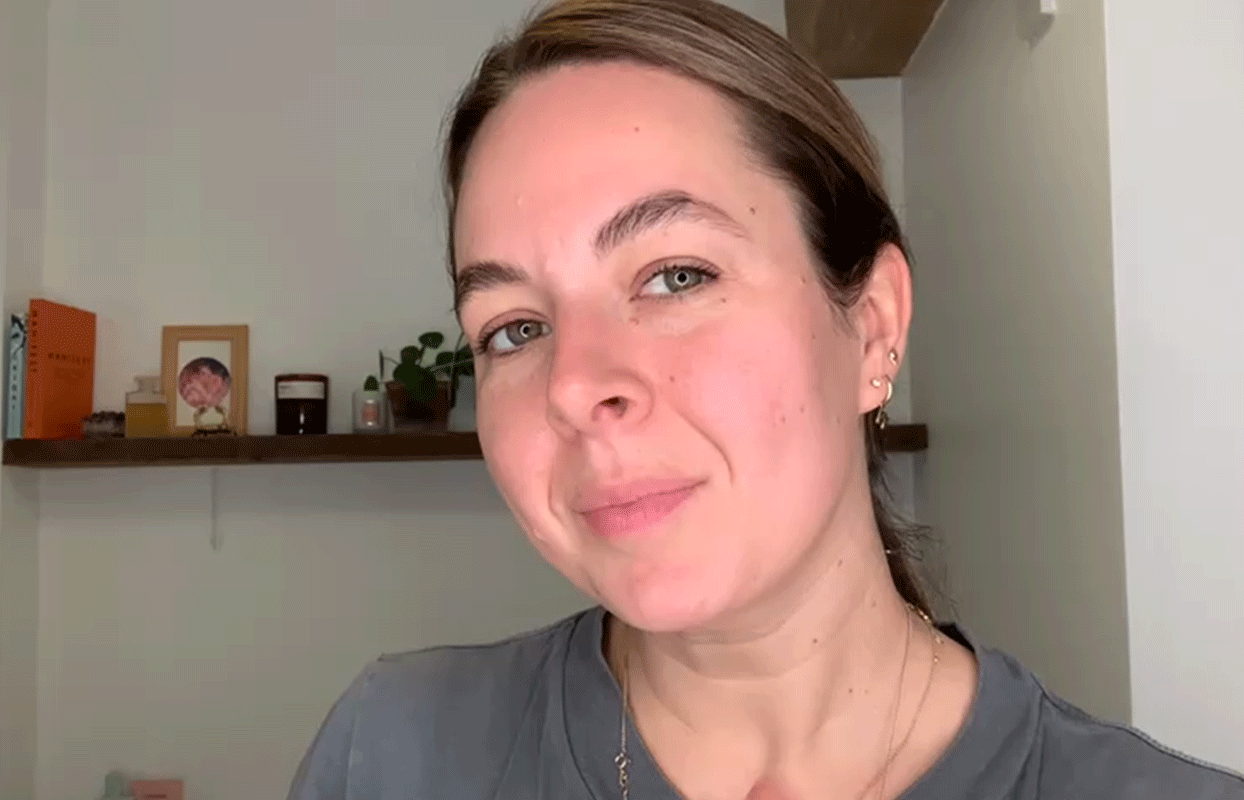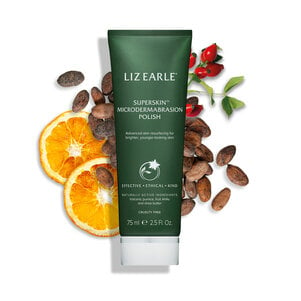
What are AHAs and what do they do for skin?
December 1, 2022
3 min read
No longer a buzzword, AHAs or alpha hydroxy acids have firmly cemented themselves as an ingredient that deserves a spot in your regular skincare rotation. They boost glow, soften the appearance of fine lines and help to even the look of skin tone. In short, this is a skincare ingredient worth knowing about.
What are AHAs?
Alpha hydroxy acids – or AHAs for short – are chemicals that exfoliate skin. Does the thought of putting an acid or chemical on your skin fill you with dread? Don’t let the terminology put you off. AHAs are often kind-to-the-skin acids that gently get to work to unglue the bonds that keep dead skin cells stuck to the surface of your skin and in doing so reveal the healthy-looking skin underneath.









